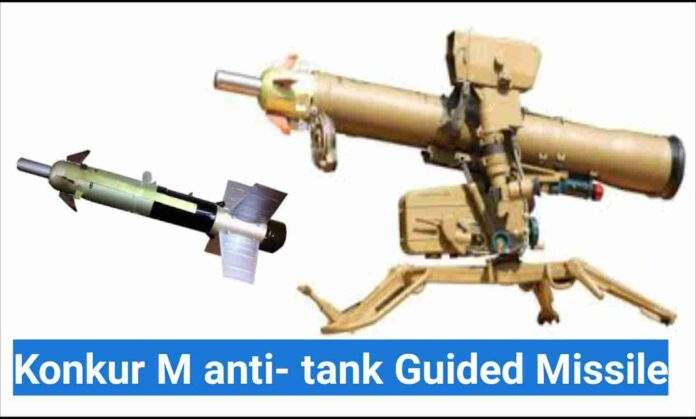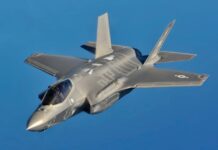The Indian Army will get Konkurs-M, anti-tank guided missiles, manufactured by Bharat Dynamics Limited (BDL), Hyderabad.
BDL and the Indian Army signed a contract worth Rs 3,131.82 crore for manufacture and supply of the missiles. Konkurs-M is a second generation, mechanized infantry anti-tank guided missile, to destroy armored vehicles equipped with explosive reactive armour. The missile can be launched either from BMP-II tank or from ground launcher. It has a range between 75 to 4,000 metre with a flight time of 19 seconds. This contract will be executed in three years.
Order book position of BDL stands at Rs 11,400 crore, including Konkurs-M contract.
About Konkurs-M
Konkurs-M is a second generation, mechanised infantry anti-tank guided missile. It is being manufactured to destroy armoured vehicles equipped with explosive reactive armour. Missile can be launched either from BMP-II tank or from a ground launcher. It has a range of 75 to 4000 metres. The missile has been designed to engage modern tanks fitted with light armoured vehicles, ERA, fortifications & engineer structures at ranges of 75 to 4,000 meters. It can work in daylight as well as night light conditions. The ATGM system comprises of combat assets, training aids and maintenance facilities.
Installation of the system
Because of its launcher design, Konkurs-M system can be installed on a variety of tracked and wheeled platforms.
About Anti-Tank Guided Missiles (ATGMs)
FACTS ABOUT ANTI-TANK MISSILES
1. Anti-tank missiles can be of different sizes – from smaller missiles that can be carried by just one person and shoulder-launched, to bigger ones that need a team to transport or launch, to even bigger missiles that are mounted on aircrafts and other vehicles.
2. Earlier, anti-tank weapons provided to the infantry — such as anti-tank rockets, anti-tank mines and anti-tank rifles — did not have a high armour-penetration capacity and so, soldiers had to approach close to the target for them to work.
3. The rise of anti-tank guided missiles now has given infantry soldiers the ability to defeat tanks with light and medium armours from a large range, even though main battle tanks (MBTs) are still quite resistant to ATGMs.
4. Most ATGMs now have a HEAT () warhead – this is a spike of metal which goes through the target.
5. Some top anti-tank missiles are designed to launch the attack from above as the armour is usually weaker.
6. ATGMs were used by more than 130 countries as of 2016.
Three types of guidance systems in ATGMs
First generation: These missiles are guided by manual commands and the missile is steered to the target. The operator is exposed and vulnerable while using first generation anti-tank missiles as they have to remain still and in view of the target while the missile is flying to the target.
Second generation: Semi-automatically commanded missiles need to operate to keep the sight fixed on the target till impact. Apart from the use of laser marking or TV camera view from the nose of the missile, guidance commands are sent to the missile using wires or radio.
Third generation: This type of guided missiles relies on electro-optical imager (IIR) seeker, a laser or a W band radar seeker in the nose of the missile. There are fire-and-forget missiles where the operator can retreat right after firing as there is no more guidance required.










